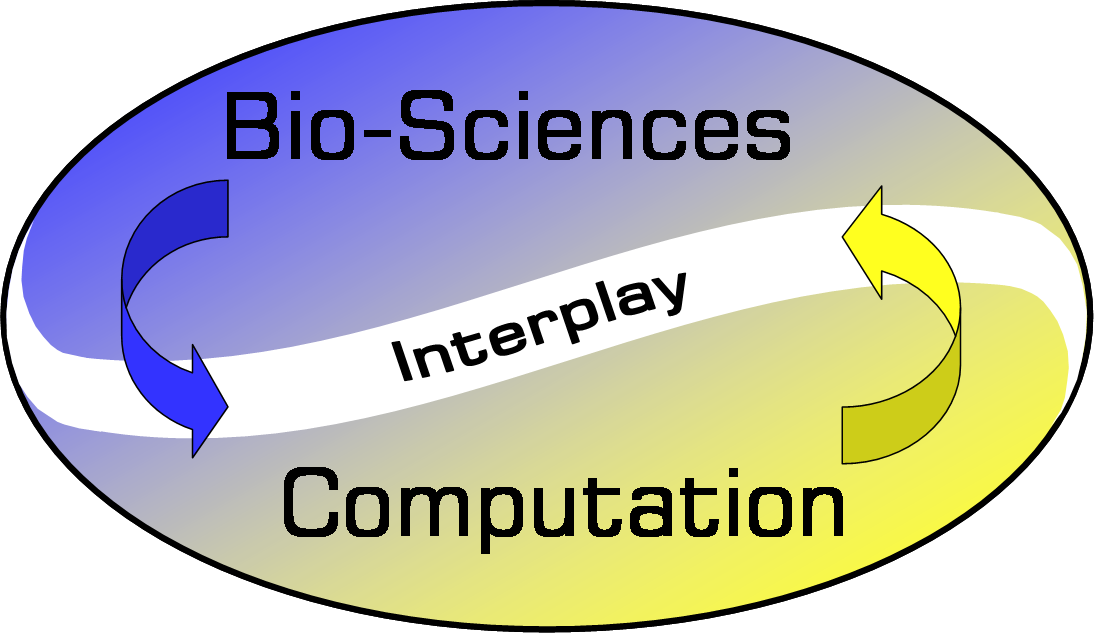 International
Work-conference on the Interplay between Natural and
Artificial Computation
International
Work-conference on the Interplay between Natural and
Artificial Computation
 International
Work-conference on the Interplay between Natural and
Artificial Computation
International
Work-conference on the Interplay between Natural and
Artificial Computation
Motivation and objectives:
BCIs emerged few decades ago as a new communication technology that permitted subjects with severe neuromuscular disorders to communicate and to interact with the outer world. The Brain-computer Interface (BCI) technology processes the brain activity to provide a non-muscular channel for the transmission of data, messages and commands. However, recently BCI applications have been also used in totally different areas (e. g. entertainment, evaluation of cognitive workload, neuro-rehabilitation, etc.). In the future, it is expected a qualitative improvement in performance, in terms of information transfer rate and reliability with potential uses in emerging areas of interest, such as Ambient Assisted Living (AAL) or security.
Actually, BCIs implement a new paradigm in communication networks, namely Brain Area Networks (BRANs). In this paradigm, our brain inputs data (external stimuli), perform multiple media-access control by means of cognitive tasks (selective attention), process the information (perception), takes a decision (cognition) and, eventually, transmits data back to the source (by means of a BCI), thus closing the communication loop.
The main goal of this special session is to show the last advances in BCIs, neuro-technologies (e. g. innovative EEG/ECG/fNIRS headsets, integrated stimulation-acquisition devices, etc.), Tele-services (e.g. applications in Telemedicine, tele-rehabilitation programs, tele-control, mobile applications, etc.), innovative biosignals processing algorithms, training techniques and novel paradigms of BRANs and data transmission by means of BCIs.
Chairperson: Miguel Ángel López Gordo (Spain)
Co-chairperson: Pablo Padilla de la Torre (Spain)